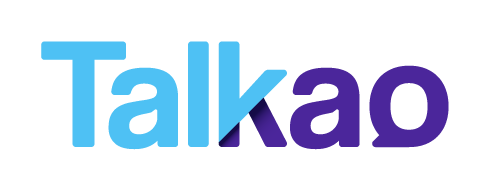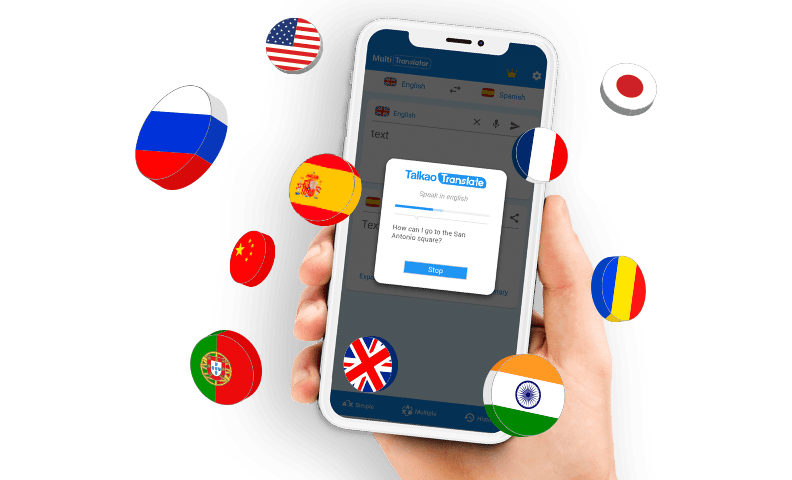
In today’s globalized world, the importance of efficient and accurate communication across different languages cannot be overstated. One of the most promising developments in this field is the advent of neural machine translation (NMT).
This technology has the potential to revolutionize the way we communicate, bridging linguistic gaps and opening up new opportunities for businesses and individuals alike.
In this article, we will explore the inner workings of NMT, its advantages and challenges, as well as its potential impact on the language services industry.
Introduction to neural machine translation
Neural machine translation is an artificial intelligence (AI) driven approach to language translation that leverages deep learning techniques to improve the quality and fluency of translated text. Unlike older rule-based and statistical methods, NMT models learn to generate translations by being trained on large parallel corpora of source and target language texts.
This allows the system to grasp the intricacies of language and generate translations that are more natural and contextually appropriate.
The concept of neural machine translation has its roots in the broader field of deep learning and neural networks. In recent years, advances in computational power and the availability of large-scale multilingual data have enabled researchers to develop more sophisticated and accurate NMT models.
As a result, NMT has become a vital tool in the language services industry, and its applications are growing by the day.
How neural machine translation works
Neural machine translation uses neural networks to generate translations. It consists of an encoder that reads the input text and converts it into vectors, and a decoder that generates the translation. The NMT model is trained using a large dataset of parallel texts in the source and target languages.
During training, the model adjusts the weights of its connections between neurons to generate accurate translations. This is guided by a loss function that measures the difference between the model’s output and the correct translation. By minimizing this loss, the model becomes better at producing translations that are both accurate and fluent.
In summary, neural machine translation is a complex process that involves the use of neural networks to generate translations. The model is trained using a large dataset of parallel texts, allowing it to improve its accuracy and fluency over time.
Advantages of neural machine translation
There are several key advantages of neural machine translation over traditional rule-based or statistical methods.
First and foremost, NMT models have the ability to learn complex language patterns and generate translations that are more fluent and natural-sounding. This is due to the deep learning architecture, which allows the model to capture the hierarchical and contextual relationships between words and phrases.
Secondly, NMT models are more adaptable to new languages and domains. Traditional methods often require extensive manual work to create rules or gather statistical data, making it difficult and time-consuming to develop translation systems for less common languages or specialized fields. In contrast, NMT models can be trained on a variety of data sources, allowing for faster development of new language pairs and improved performance in domain-specific tasks.
Another advantage of NMT is its ability to leverage context to disambiguate words with multiple meanings. This leads to more accurate translations, as the model is better equipped to select the appropriate meaning of a word based on the surrounding context. Moreover, NMT models can be fine-tuned with relatively small amounts of in-domain data, making them more suitable for adapting to specific industries or applications.
Challenges in neural machine translation
Despite its many advantages, neural machine translation is not without its challenges.
One of the primary concerns is the quality of the training data used to build the models. High-quality parallel corpora are essential for training accurate and fluent NMT models, but such data is often scarce, particularly for low-resource languages or specialized domains.
This can lead to problems with data sparsity, where the model struggles to generate translations for rare or unseen phrases.
Another challenge in NMT is the handling of out-of-vocabulary (OOV) words. Since NMT models operate on a fixed vocabulary of words, any word not included in the vocabulary is essentially unknown to the model. This can lead to problems with translation quality, as the model may generate incorrect or nonsensical translations for OOV words. Researchers are actively working on methods to address this issue, such as subword segmentation techniques that break words into smaller, more manageable units.
Lastly, neural machine translation models can be computationally expensive to train and deploy. The deep learning architectures used in NMT require significant computational power and memory, making it challenging to scale the technology for large-scale or real-time applications.
This has led to ongoing research into more efficient models and hardware solutions to make NMT more accessible and cost-effective.
Limitations of neural machine translation
While neural machine translation has made significant strides in recent years, there are still some limitations to be aware of.
One major limitation is the model’s tendency to generate translations that are fluent but not always accurate. This can be particularly problematic when translating idiomatic expressions, where the model may produce a literal translation that sounds natural but does not convey the intended meaning.
Another limitation is the lack of interpretability of NMT models. The inner workings of deep neural networks are often described as a “black box,” making it difficult for researchers and practitioners to understand why a particular translation was generated or how to improve it.
This lack of transparency can be a concern in applications where the quality and trustworthiness of translations are paramount, such as legal or medical contexts.
Finally, NMT models are sensitive to the quality and quantity of training data. As mentioned earlier, the availability of high-quality parallel corpora is a key factor in the performance of NMT systems. However, collecting and maintaining these resources can be labor-intensive and expensive, particularly for less common languages or specialized domains.
Opportunities in neural machine translation
Despite the challenges and limitations, there are many exciting opportunities in the field of neural machine translation. One such opportunity is the development of multilingual NMT models, which can translate between multiple languages with a single model.
These models have the potential to greatly reduce the cost and complexity of developing translation systems, as well as improve the performance for low-resource languages by leveraging knowledge from more abundant languages.
Another opportunity lies in the integration of NMT technology with other language processing tasks, such as speech recognition, text summarization, and sentiment analysis.
By combining these technologies, we can build more comprehensive and intelligent language processing systems that can better understand and respond to human language.
NMT also has the potential to democratize access to information and break down language barriers in areas such as education, healthcare, and communication.
By providing accurate and natural-sounding translations, NMT can help bridge the gap between people who speak different languages and enable them to access vital information and services.
Examples of neural machine translation in action
There are already several examples of neural machine translation being put to use in real-world applications. One notable example is Google Translate, which switched to an NMT-based system in 2016.
Since then, Google has reported significant improvements in translation quality, with reductions in translation errors of up to 60% for some language pairs.
Another example is the European Union’s eTranslation service, which provides machine translation services for EU institutions and member states.
The system leverages NMT technology to provide translations for official documents, websites, and other materials, helping to ensure that information is accessible to all citizens in their native languages.
In the business world, companies like Microsoft and Amazon are investing heavily in neural machine translation to power their language services and products, such as Microsoft’s Translator API and Amazon Translate.
These services enable businesses to quickly and accurately translate content, such as websites, documents, and customer communications, to better serve their global customer base.
Future developments in neural machine translation
As research and development in neural machine translation continue to advance, we can expect to see improvements in translation quality, efficiency, and adaptability. Some potential future developments include:
- More advanced architectures and training techniques to improve the accuracy and fluency of translations.
- Better handling of OOV words and idiomatic expressions, leading to more contextually appropriate translations.
- Improved multilingual models, allowing for more efficient and scalable translation systems.
- Greater integration with other language processing tasks, such as text summarization, sentiment analysis, and speech recognition.
- The development of more efficient models and hardware solutions to make NMT more accessible and cost-effective for a wider range of applications.
Conclusion: The impact of neural machine translation on language services
Neural machine translation has the potential to revolutionize global communication. While there are challenges, its advantages are undeniable. As technology advances, we can expect to see significant changes in the language services industry and beyond.
For language service providers, NMT offers opportunities to improve translation workflows and quality. NMT is not a replacement for human translators, but a tool that can enhance their work.
NMT opens up possibilities for global communication and collaboration for businesses and individuals. Accurately translating content into multiple languages can expand businesses’ reach and enable individuals to connect with people from around the world and participate more fully in a globalized society.
As we continue to explore the possibilities of NMT, we can look forward to a more connected and inclusive world.
REMEMBER !!!
You can download our available apps for translating and learning languages correctly available for free on googleplay and applestores.
Do not hesitate to visit our Talkao website and contact us with any questions or problems you may have, and of course, take a look at any of our blog articles.









Newsletter